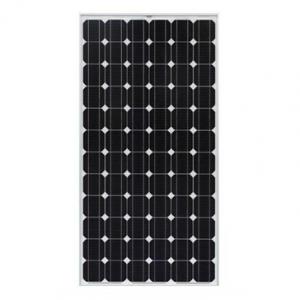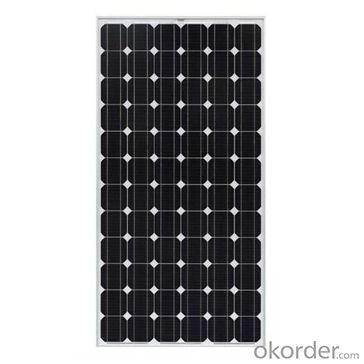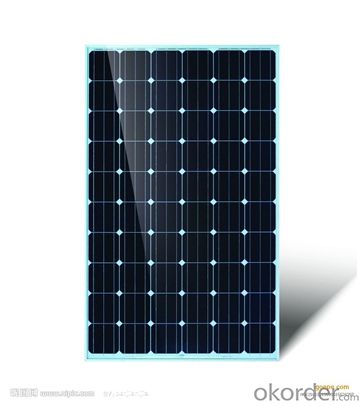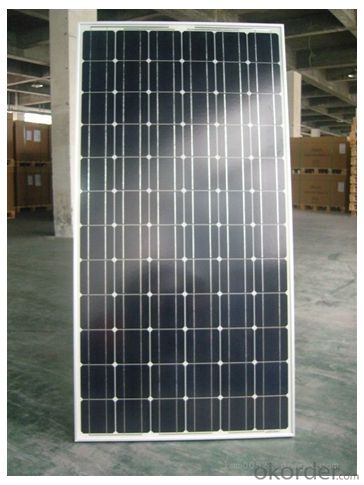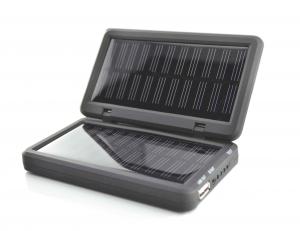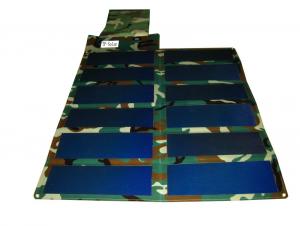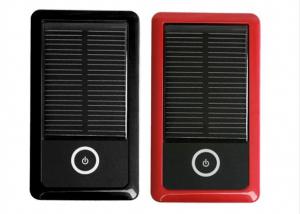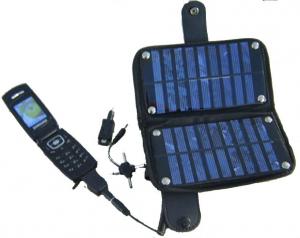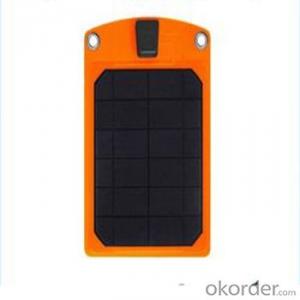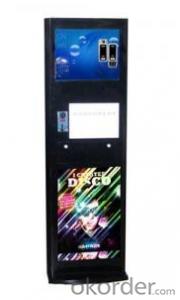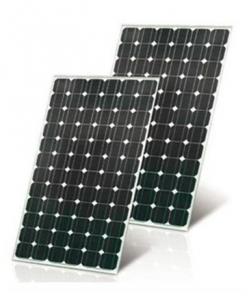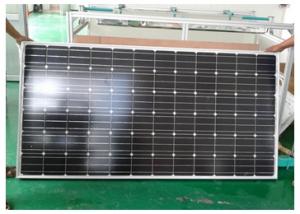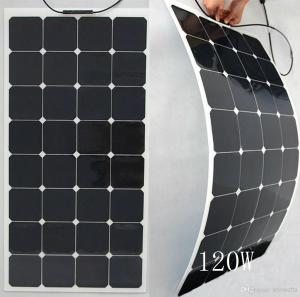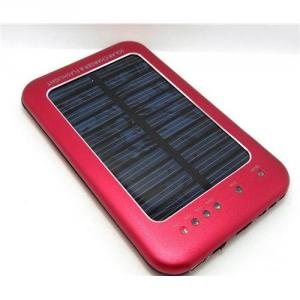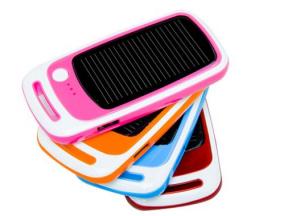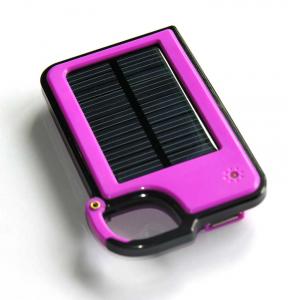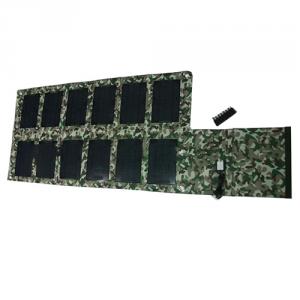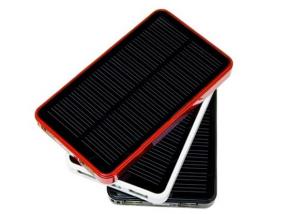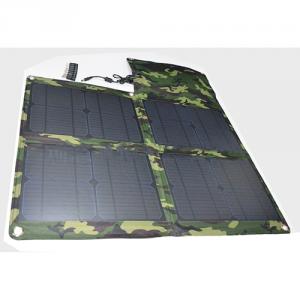12V Solar Chargers - 195W Mono-Crystalline Solar Module 125*125
- Loading Port:
- China Main Port
- Payment Terms:
- TT or LC
- Min Order Qty:
- -
- Supply Capability:
- -
OKorder Service Pledge
OKorder Financial Service
You Might Also Like
Solar Module Descriptions:
A solar panel, or photovoltaic PV module, is a device that is composed of solar cells and which, when struck by photons of light from the sun, generates an electrical current which can then be used to power DC or AC electrical loads.
We are one of the well known manufacturers and suppliers of an extensive range of solar module. Entire range of our products is well checked before offering to the clients to ensure that our products are free from any defect. Our products are delivered within the stipulated time frame. These solar module are available for outdoor applications. Our solar module are designed as per the set industry standards and can be bought at market leading Available with us in various dimensions, these modules are stringently tested under define parameters before the final dispatch by our professional who hold rich industry experience in this domain.

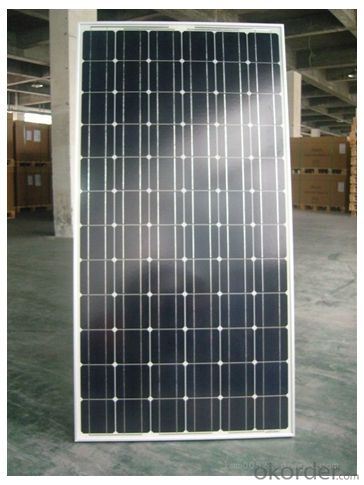

Electrical Characteristics
Module Power (W) | 195> Pm |
Max –Power (W) | 190 |
Max-Power Voltage (V) | 36.75 |
Max-Power Current (A) | 5.31 |
Open-Circuit Voltage (V) | 45.4 |
Short-Circuit Current (A) | 5.7 |
Module Efficiency (%) | 15.3 |
Max-System Voltage (VDC) | 600V(UL)/1000V(IEC) |
Max. Series Fuse (A) | 10 |
Pm Temperature Coefficients (%/℃) | -0.4601 |
Isc Temperature Coefficients (%/℃) | 0.0981 |
Voc Temperature Coefficients (%/℃) | -0.5186 |
NOCT Nominal Operating Cell Temperature (℃) | 45+ 2 |
Maximum load rating ( Pa) | 5400 |
Mechanical Characteristics
Cable type, Diameter and Length | 4mm2, TUV certified, 1000mm |
Type of Connector | Compatible with MC4 plug |
Arrangement of cells | 6*12 |
Cell Size | 125*125 |
Dimension | 1580*808*40 |
Weight | 15.5Kg |
No. of Draining Holes in Frame | 10 |
Glass, Type and Thickness | High Transmission, Low Iron, Tempered Glass 3.2mm |
Features
Guaranteed positive tolerance 0/+5w ensures power output reliability
Strong aluminum frames module can bear snow loads up to 5400Pa and wind loads up to 2400Pa.
Excellent performance under low light environments (mornings evenings and cloudy days)
12 years for product defects in materials and workmanship and 25 years for 80% of warranted minimum power.
Certifications and standards: IEC 61215.
Manufactured according to International Quality and Environment Management System (ISO9001, ISO14100).
FAQ
Q: Do you have any MOQ limit?
Our MOQ is 200 pieces.
Q: How long is the warranty period for the solar modules?
15 years 90% of its nominal power rating.
25 years 80% of its nominal power rating
Q: What kind of loads can I run on PV?
With a correctly designed PV system you can power almost any electrical load. However, as the load size increases the expense also increases. Loads like hot water heaters, air conditioners, room heaters and electric stoves should be avoided. The added cost of trying to power loads like these is very cost prohibitive. If these loads have to be powered it will be a lot less expensive to change the appliance to use an alternative fuel type like propane.
Q: When do I need a charge controller and why?
The safest way to figure out if you need a charge controller is to take Battery Amp Hour Capacity and divide this by the Solar Panel max. power amp rating. If the quotient is above 200, you don't need a controller. If the number is less than 200 than you need a controller.
Q: What is PV & how does it work?
PV stands for photovoltaic. Photo = Light and Voltaic = Electricity. A solar cell converts light to electricity.
A solar cell is made of silicon. Computer chips are made of this same material. Basically, when light strikes the surface of a solar cell some of it is absorbed into the silicon. This light energy bumps the electrons loose and causes energy to flow.
By packaging approximately 36 solar cells together a solar panel or a solar module is created. When you have more then one solar panels you create a solar array.
- Q: Can solar chargers charge portable coffee makers?
- Yes, solar chargers can charge portable coffee makers as long as they are compatible with the coffee maker's power requirements and have the necessary voltage and wattage output.
- Q: Can I use a solar charger to charge my portable scanner?
- Yes, you can use a solar charger to charge your portable scanner as long as the scanner is compatible with the charging input of the solar charger.
- Q: How do solar chargers protect against power surges?
- Solar chargers typically protect against power surges by incorporating various protective mechanisms. These devices often include built-in surge protectors, such as voltage regulators and surge suppressors, to help regulate and stabilize the incoming electrical current. These protective measures help prevent power surges from damaging the solar charger or any connected devices. Additionally, solar chargers may also incorporate overcurrent protection and circuit breakers to safeguard against excessive currents or short circuits, further enhancing their ability to protect against power surges.
- Q: Can solar chargers be used for charging electric bicycles?
- Yes, solar chargers can be used for charging electric bicycles. Solar chargers can convert sunlight into electricity, which can then be used to charge the battery of an electric bicycle. However, it is important to ensure that the solar charger has the appropriate voltage and power output to effectively charge the electric bicycle's battery.
- Q: Can I use a solar charger to power my camping equipment?
- Yes, you can use a solar charger to power your camping equipment. Solar chargers are designed to convert sunlight into electricity, which can be used to charge various devices such as smartphones, tablets, cameras, and even small camping appliances like lanterns or fans. It provides a convenient and eco-friendly way to keep your camping gear powered up while enjoying the outdoors.
- Q: Can solar chargers charge portable routers?
- Yes, solar chargers can indeed charge portable routers. Portable routers typically have a USB charging port, which can be easily connected to a solar charger through a compatible USB cable. This allows the solar charger to harness solar energy and convert it into electrical energy, which can then be used to charge the portable router's battery.
- Q: Can solar chargers charge marine batteries?
- Yes, solar chargers can charge marine batteries as long as they are compatible in terms of voltage and capacity. It is essential to choose a solar charger that matches the specific requirements of the marine battery to ensure efficient and effective charging.
- Q: Are solar chargers compatible with all portable electric lawnmower models?
- No, solar chargers may not be compatible with all portable electric lawnmower models. It is important to check the specifications and requirements of both the lawnmower and the solar charger to ensure compatibility before attempting to use them together.
- Q: Are solar chargers compatible with all smartwatch models?
- No, solar chargers may not be compatible with all smartwatch models. It is important to check the specifications and requirements of the specific smartwatch model to determine if it can be charged using a solar charger.
- Q: Are solar chargers easy to use?
- Yes, solar chargers are generally easy to use. They typically require minimal setup and can be used by simply placing them in direct sunlight to start charging.
Send your message to us
12V Solar Chargers - 195W Mono-Crystalline Solar Module 125*125
- Loading Port:
- China Main Port
- Payment Terms:
- TT or LC
- Min Order Qty:
- -
- Supply Capability:
- -
OKorder Service Pledge
OKorder Financial Service
Similar products
Hot products
Hot Searches
Related keywords
